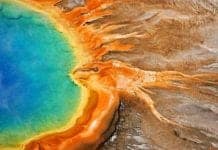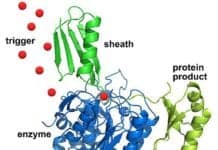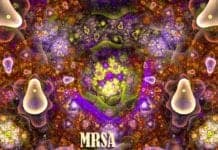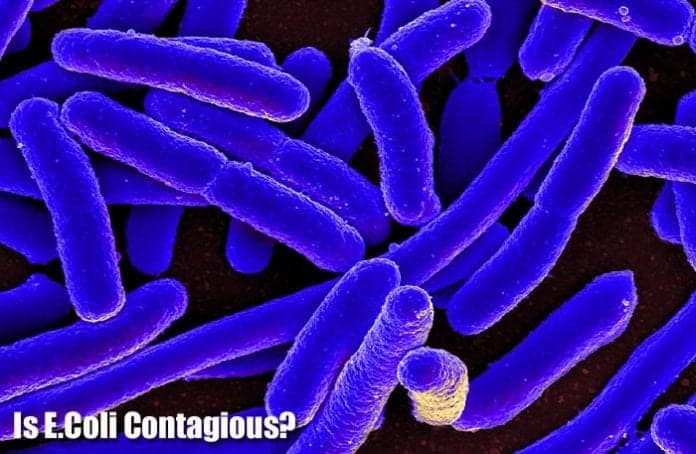
Is E. coli contagious? Have you ever experienced having more than three loose bowel movements in a single day? Sure enough, diarrhea remains to be a disease burden and typically causes a significant number of mortality worldwide. One important cause of such infectious disease is the very common pathogen, Escherichia coli.
In this article, let’s get to learn more about these bacteria from its transmission and pathogenicity as well as the signs and symptoms and treatment for the infections it causes. Let’s take a closer look.
Table of Contents
What is An E.Coli?
 By strict scientific definition, the Escherichia coli E. coli[1] are a species of Gram negative and facultative anaerobic rod bacterium. In 1885, then physician Theodor Escherich[2] discovered these common gut bacteria that were eventually named after him.
By strict scientific definition, the Escherichia coli E. coli[1] are a species of Gram negative and facultative anaerobic rod bacterium. In 1885, then physician Theodor Escherich[2] discovered these common gut bacteria that were eventually named after him.
- During his time, Escherich believed that the diseases of children can be solved using the knowledge of bacteria and micro-organisms.
- While studying these intestinal diseases, he found countless microorganisms including this fast-growing bacterium to which he called the Bacillus communiccoli. Later on after his death, the name of these bacteria became Escherichia coli.
E. coli is a member of the fecal coliform group. In general, coliform bacteria[3] are bacteria that can be found in the intestines of warm-blooded organisms, including humans. While most of these bacteria are unlikely to cause disease, some of them can potentially contaminate food and water.
![]()
What Causes An E. Coli infection?
There are actually a lot of E.coli strains and for the most part, they’re usually harmless. However, a strain of the bacterium known as the enterohemorrhagic Escherichia coli O157:H7 is perhaps one of the major causes of food-related contamination worldwide. animals, cattle in particular, are the most common reservoir for the bacteria.
The ability of the bacteria to colonize the gut of animals as well as to cause illness requires these bacteria to be adaptable to many environmental conditions. The infection starts after ingesting the bacteria and unfortunately, this occurs more often that people would like to pay attention to it.
While infections relate to E. coli are relatively lower compared to other pathogens like Campylobacter and Salmonella, hospitalization and mortality rates related to it are much higher.
- During an outbreak of bloody diarrhea[4] (hemorrhagic colitis) that occurred in 1982, the bacterium E.coli was first identified to be a disease-causing micro-organism.
- A year later, it was found out that this strain of E. coli produces a toxin known as the Shiga toxin (Stx), the toxin which caused the contamination of the food.
![]()
Is the E-Coli infection Contagious?
Sadly, everyone is at risk of such infection. Reports from the United States’ Centers for Disease Control and Prevention show that about 75,000 E. coli related infections typically affect the American population. Being highly adaptable as it is, E. coli can be transmitted via three modes: food and water & physical contact.
1. Food and Water
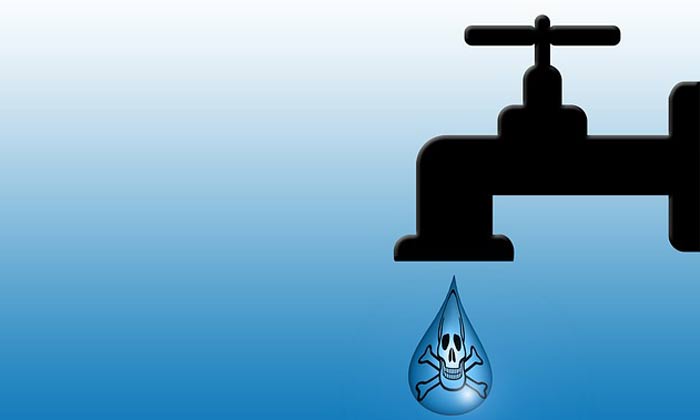 In the US alone, the most common mode for E. coli transmission is through the consumption of bacteria-contaminated food and water. Scientific reports show that bacteria-infected ground beef (cattle being the natural reservoir of the bacteria) is the most common cause of infection.
In the US alone, the most common mode for E. coli transmission is through the consumption of bacteria-contaminated food and water. Scientific reports show that bacteria-infected ground beef (cattle being the natural reservoir of the bacteria) is the most common cause of infection.
- It is important to note that when improperly cooked, beef can still harbor the bacteria and eventually result to the disease.
- It is important to note that food that come in contact with infected animals and their wastes, are also able to transmit the bacteria.
As mentioned above, coliform bacteria , like the E. coli, are unlikely to cause disease. However, their mere presence in drinking water signifies the possible presence of pathogens and fecal contamination in the water system.
![]()
2. Physical Contact
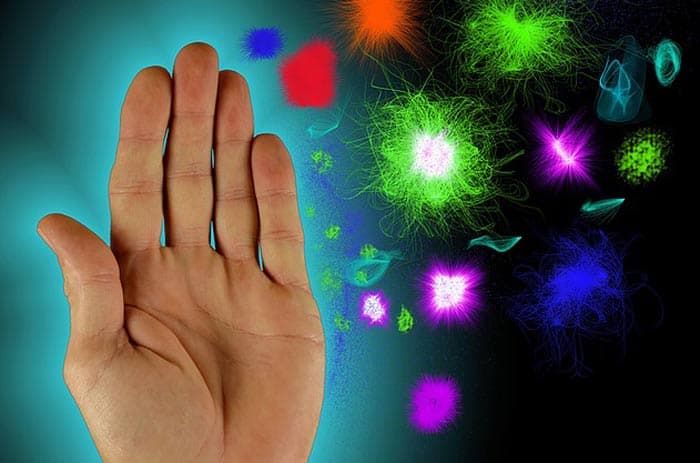 Being ubiquitous as they are, E. coli bacteria can also be transmitted through physical contact from person to person, or animal to person. Interestingly, reports show that a large number of these infections happen to be documented from people going to zoos and farms.
Being ubiquitous as they are, E. coli bacteria can also be transmitted through physical contact from person to person, or animal to person. Interestingly, reports show that a large number of these infections happen to be documented from people going to zoos and farms.
- Other human activities including swimming in contaminated lakes and not washing hands after using the toilet can also increase the risk of infection as well as the passing of the pathogen.
NOTE: Cattles and other animals are just reservoirs for the bacteria and are unaffected by the toxin because these animals lack to receptors for it.
![]()
What Are the Signs and Symptoms?
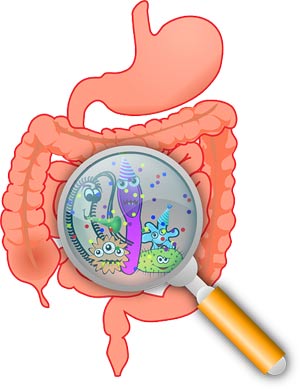 Alarmingly, the infection caused by E. coli O157:H7 can be manifested in a wide spectrum, ranging from medical with cases no physical signs to immediate death. Additionally, this type of infection usually starts as a typical diarrhea until it progress to a bloody one; ultimately, leading to death.
Alarmingly, the infection caused by E. coli O157:H7 can be manifested in a wide spectrum, ranging from medical with cases no physical signs to immediate death. Additionally, this type of infection usually starts as a typical diarrhea until it progress to a bloody one; ultimately, leading to death.
- However, common symptoms include persistent watery diarrhea and sometimes, a mucoidy type of diarrhea can be observed.
- Additionally, nausea associated with low fever, frequent borborygmi (rumbling sound as a result of the gas movement in the gut), and a cramping rectal pain are also observed.
- Some infections of the Shiga-toxin producing strain of E. coli causes bloody diarrhea and a disease known as the hemolytic-uremic syndrome (HUS).
![]()
Diagnosis and Treatment
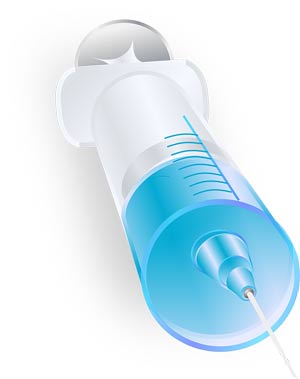
The diagnosis of the disease is made through an accurate patient history and a physical exam. And since E. coli infection usually affects the gut, a simple diagnosis would require a stool sample from the patient and be subjected for the test for the presence of the bacteria[5].
- The bacteria may then be cultured further in order to check any specific toxin that is probably causing the disease.
Although several treatment methods have already been proposed, including the use of vaccines and antibiotics, at present, there is still no specific treatment for this infection. Aside from that, a very high level of occurring multi-drug resistant E. coli have already been documented in many scientific reports.
- Present treatments are just limited to the temporary cure of the symptoms rather than treating them in the long run.
Since we’ve already known how this strain of bacteria spreads, the prevention of its occurrence in animals should be one of the most important methods for control. Aside from that, further studies aiming to decipher the mechanism of transmission and pathogenesis will sure result to the prevention of the infection.
![]()
Cite This Page
References
- [1] – “A Brief Overview of Escherichia coli O157:H7 and Its Plasmid O157”. Accessed August 21, 2017. Link.
- [2] – “Theodor Escherich and the Discovery of E. coli”. Accessed August 21, 2017. Link.
- [3] – Coliform Bacteria and Drinking Water. Accessed August 21, 2017. PDF Link.
- [4] – “Everything you wanted to know about E. coli – But really didn't | Food Poison Journal”. Accessed August 21, 2017. Link.
- [5] – “E. coli (Escherichia coli 0157:H7) Infection Causes, Symptoms, Treatment – How is E. coli 0157:H7 diagnosed? – eMedicineHealth”. Accessed August 21, 2017. Link.




